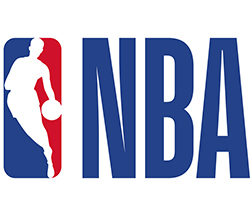 There has never been a portion of the season played like the bubble games held this year. It looks like it’s being viewed as a learning experience as well, and we could see changes in NBA scheduling as a result.
There has never been a portion of the season played like the bubble games held this year. It looks like it’s being viewed as a learning experience as well, and we could see changes in NBA scheduling as a result.
Drawing lessons from this season is tricky: not every NBA season is going to be held in a bubble in Disney World, obviously. But there’s one lesson that, upon examination, makes a lot of sense: Taking travel out of the equation makes a world of difference to player performance. Anecdotally, players bounce back quicker from games and are performing at a higher level than usual for the playoff run. From ESPN:
“Our guys feel better,” one Western Conference GM told ESPN. “We don’t know if it’s anecdotal, but we’ve got these games and we don’t have to jump on planes [afterward].”
“This is the advantage that we have not had,” said one Western Conference athletic training staffer in the bubble. “We’re always tired … Our guys have been rested. They’ve been fresh. We’ve been able to get them recovered again and again.”
Cutting down on travel would certainly be popular with players. The league is looking at changes that might involve homesteads a la baseball, with a visiting team staying in town for a longer period and playing two games instead of one. You could not replicate the current bubble schedule of games being played every other day outside the bubble, of course, but you could take a fresh look at NBA schedule based on the current data.
Which, as we noted, makes a lot of sense. The current NBA scheduling framework was never really the result of conscious choices of what would work best for players and team, but just evolved slowly over time and was driven by business concerns. In general, arena operators have expressed concerns about homesteads: will enough fans fill the seats if a less-than-desirable opponent is in town for a two-game homestead? That will be the issue moving forward.

